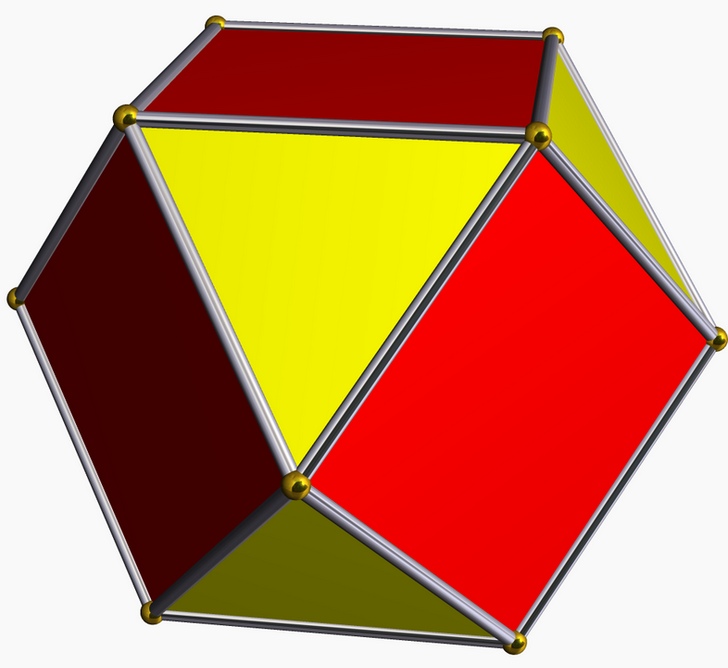
This symmetric arrangement of four hollow
triangles was discovered around 1970 by the chemist Alan Holden.
It is surprisingly simple, yet difficult at the same time.
The goal of this workshop is for students to solve the problem
of building their own copy of the structure using colored wood
sticks. Along the way, they will come to appreciate some
of the beauty of the structure while learning that mathematics
is a living subject with new discoveries continuing in the
present. It is also great as a puzzle for developing both
spatial reasoning ability and problem solving persistence.
Students will feel a great "Aha!" moment when they complete it.
Time Required: 45 Minutes



















